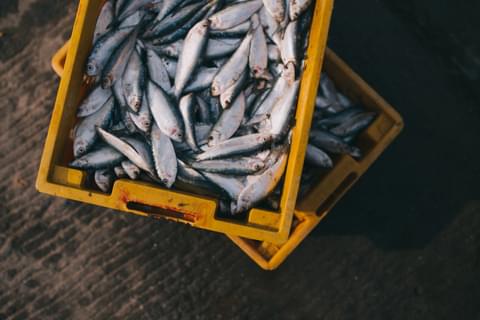

How Enzymes Can Add Value To Your Food Waste By-Products
With consumers changing attitude towards sustainability, a growing understanding of the impact manufacturing has on the environment and climate change businesses are reacting and are looking for ways to reduce their environmental footprint.
With consumers changing attitude towards sustainability, a growing understanding of the impact manufacturing has on the environment and climate change businesses are reacting and are looking for ways to reduce their environmental footprint.
One of these is addressing their levels of waste by-products from manufacturing processes. Whilst changing manufacturing processes to reduce the amount of waste produced seems an obvious solution, there will inevitably be some waste and businesses are looking at ways to repurpose or add value to these by-products. Waste valorisation refers to the processing of materials that are otherwise considered waste by-products, in a manner that increases its economic value.
There are hundreds of examples where manufacturing by-products have been processed to add value and repurpose their use. Valorising food waste by-products has even led to the development of whole new product markets by improving functionality and increasing their economic worth. An example of this can be seen in the use of peptidase enzymes for producing whey protein nutritional products, which had previously been considered a waste by-product from the cheese making process and are now recognised to have many functional benefits associated with health and diet.
The requirements of consumers can also play a role in generating food waste during the manufacturing process. A demand for convenience when it comes to food, has seen a significant proportion of poultry and fish sold as pre-prepared fillets. Filleting is often carried out at large manufacturing plants, in which the process of filleting poultry and fish leaves behind a considerable volume of waste protein on carcasses and fish frames. In the case of fish this can be between 20-80%1 depending on the type of fish and amount of processing.
Enzymes are an effective method for enhancing the functionality of proteins. With precise specificities, enzymes offer a significant opportunity to valorise the different food-grade waste streams from filleting meat products, utilising this otherwise discarded protein source, and ultimately reducing the total waste by-products from this industry. The natural superior nutritional value of this type of protein makes it an excellent protein ingredient for the manufacture of both human and pet food products. Enzymes enable an improvement to the digestibility of the protein and also contribute to enhancing its functionality making it more easily formulated into different nutritional products.
Biocatalysts Ltd has a range of proteases suitable for improving the functionality and taste of proteins to add value to protein waste products. Promod® 324L is an endopeptidase preparation that is highly effective in hydrolysing fibrous animal proteins to improve the solubility of the protein as well as being an effective enzyme used in the extraction of chondroitin sulphate from collagenous material. Promod® 950L is a protease that is capable of efficiently hydrolysing animal and fish proteins to reduce their viscosity and contribute to the production of specific savoury flavours. Promod® 439L performs well at a broad pH range and can achieve good results when hydrolysing animal proteins to improve the solubility and functionality of the protein especially in the preparation of palatants.
Modification of proteins for improving the taste, functionality and processability through protein hydrolysis has been an area that Biocatalysts Ltd has specialised in for many years. If you’re looking at how you can valorise a protein by-product or are interested in testing a sample of our enzymes mentioned above, please contact us to speak to one of our dedicated business managers.
1 https://www.longdom.org/open-a...
“Approximately 70% of fish caught for food consumption is processed as fillets, with between 20-80% of fish waste produced depending on the type of fish and the level of processing